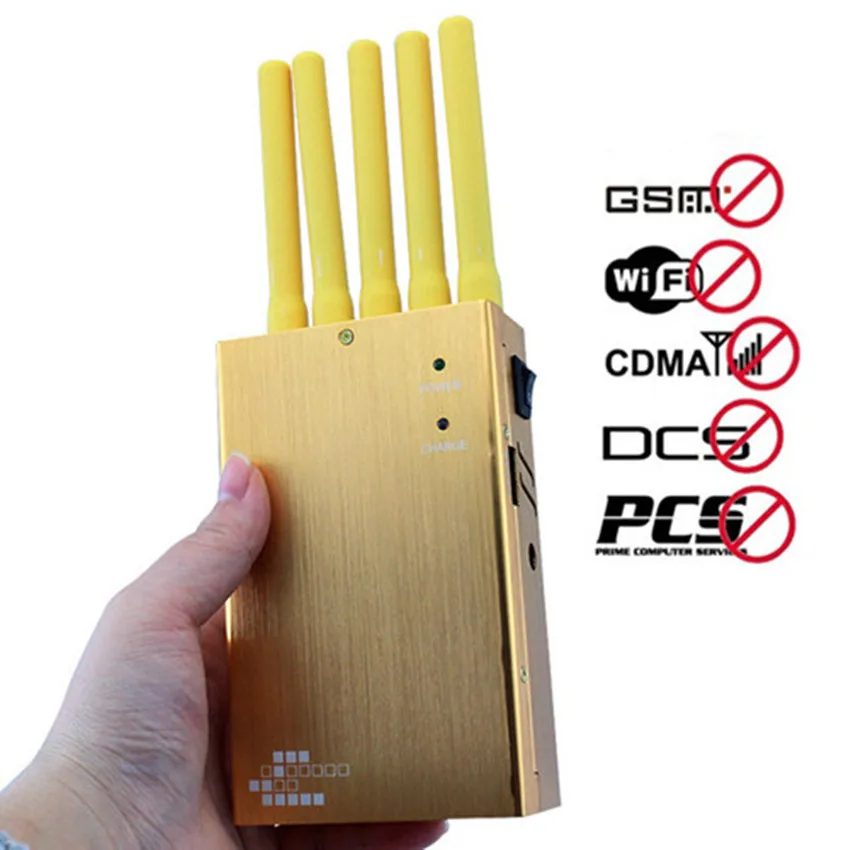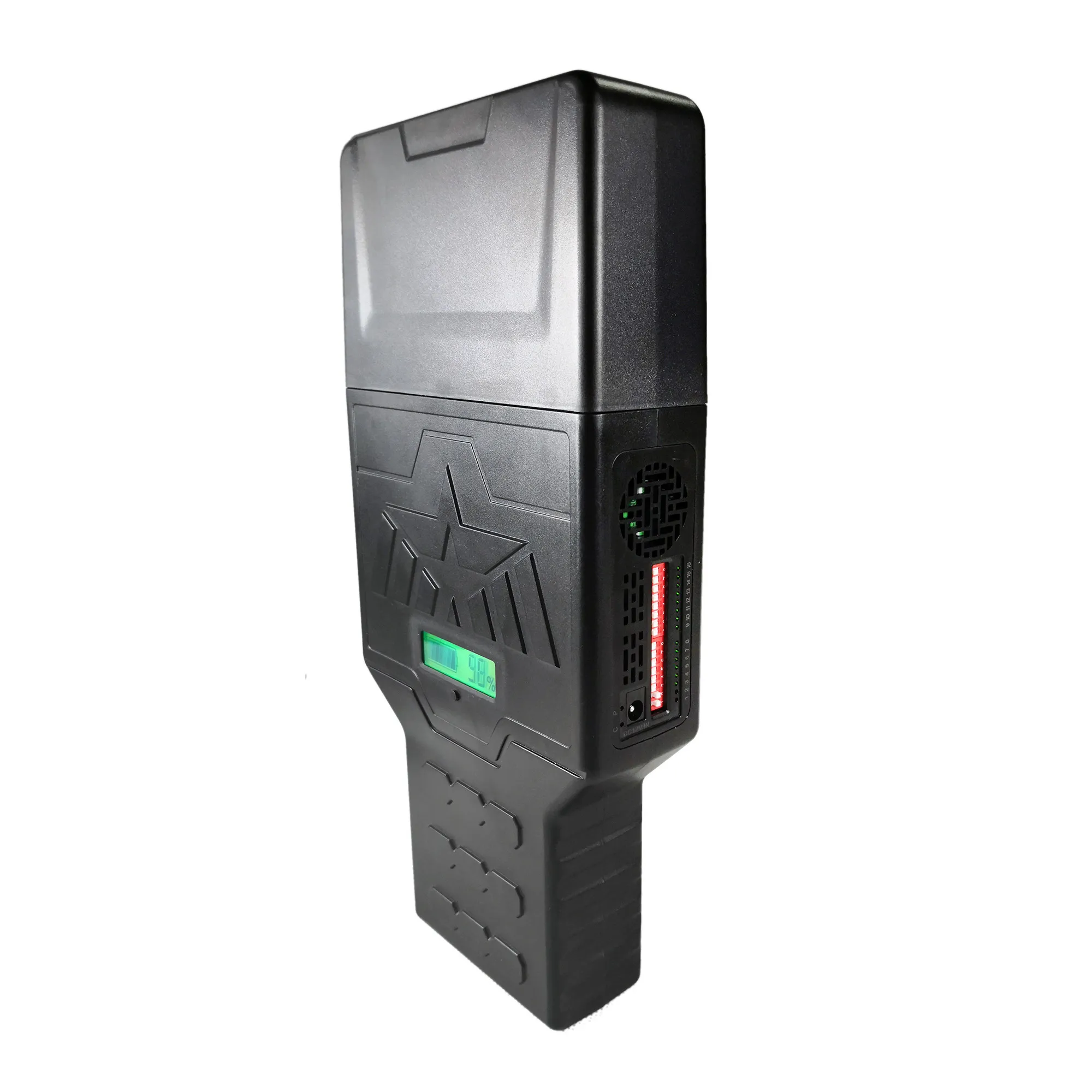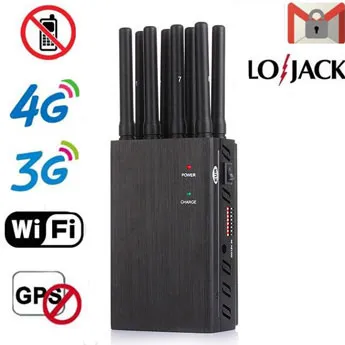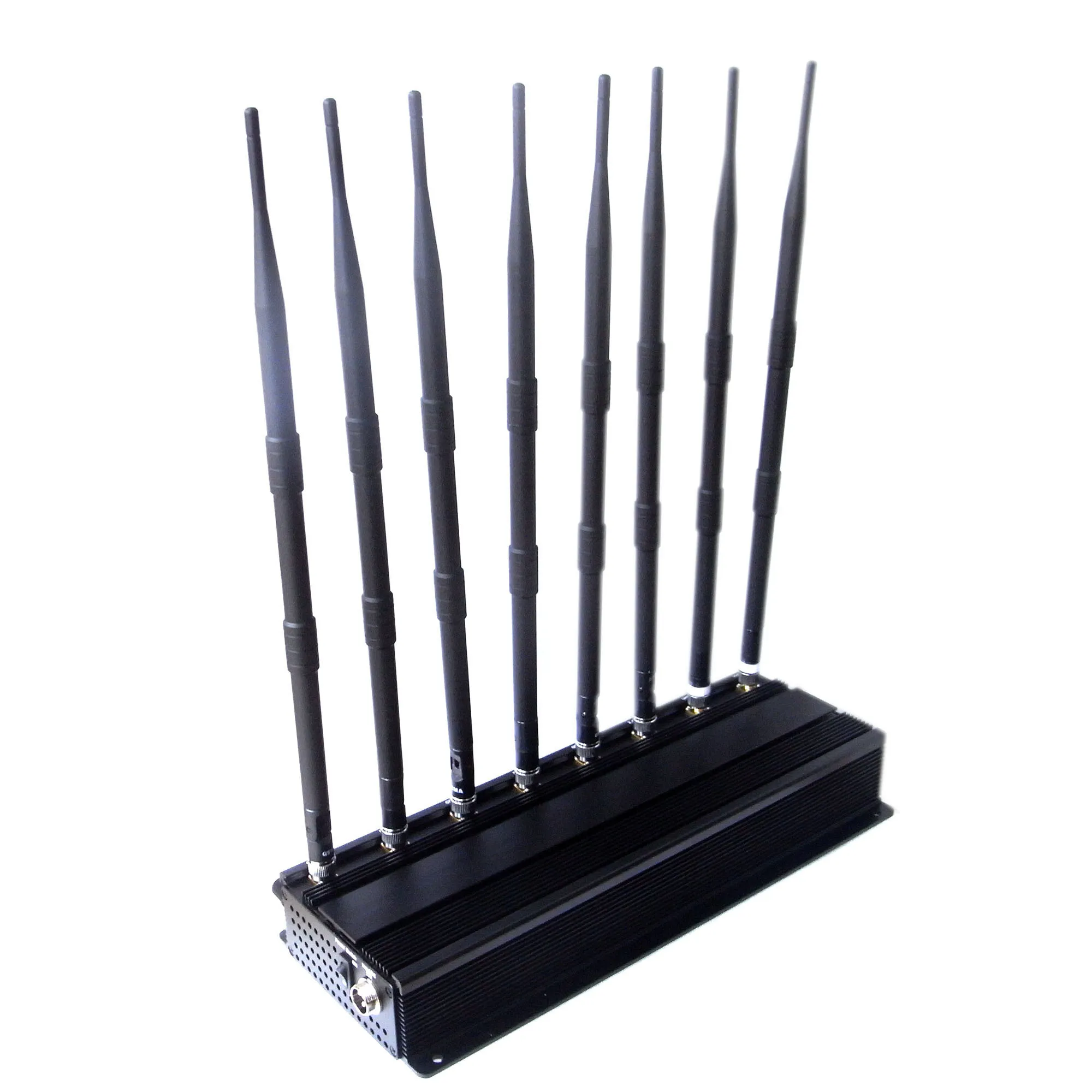Jammers are usually used around prisons and detention centers to prevent prisoners and detainees from communicating with the outside world without authorization and monitoring. Brazil, India, New Zealand and Sweden are countries that have been exempted or are considering exemption from using mobile phones and Wifi jammers around prisons, while in the United Kingdom, it has become legal since 2012. However, some countries have allowed or proposed to expand the use of jammers. For example, in India, it is stipulated that jammers can be used in schools, mosques and theaters, provided that it can be proved that the interference will not exceed its interference range. In a short period of time, the jammer was also approved for use in theaters and concert venues, but the jammer was terminated in 2012. So, what if you end up legally owning a cell phone jammer? You might consider booking the next flight to...Ukraine. Because the government has taken the initiative to prevent students from using mobile phones to cheat in exams, this is one of the few countries in the world where jammers are legal.
When we enter the second decade of the 21st century, digital technology seems to have completely occupied our lives, and we can feel that we are simply reduced to a series of signals. Signals have even replaced our language. We often feel like we are receiving a mixed signal; we send a signal to notify someone in the room; we are invited to send a booster signal we believe in and warn us not to let the signal cross the signal. No wonder the recent holiday season boasted a "Christmas mobile jammer sale." From a more rigorous point of view, because of so much communication between us, people and organizations are studying various types of signal jammers for a long time to eliminate noise and limit noise generation. Although there are many signal types, the way the signal jammer works is actually very simple. Once you know the frequency of the target signal, you can overload the signal by sending out your own stronger signal. If you want to target not just a device, but in general signal traffic, the interference/relay antenna at the base station is pointed at you (for example, cell phone jammers are used in public places to keep silent). The farther the distance, the greater the Power required to submerge it. If the signal is hopping, please cover a certain range of frequencies to cover a wider range of signal damage. Sometimes, like drone jammers, the jamming signal needs to be narrowly focused in a specific direction.











